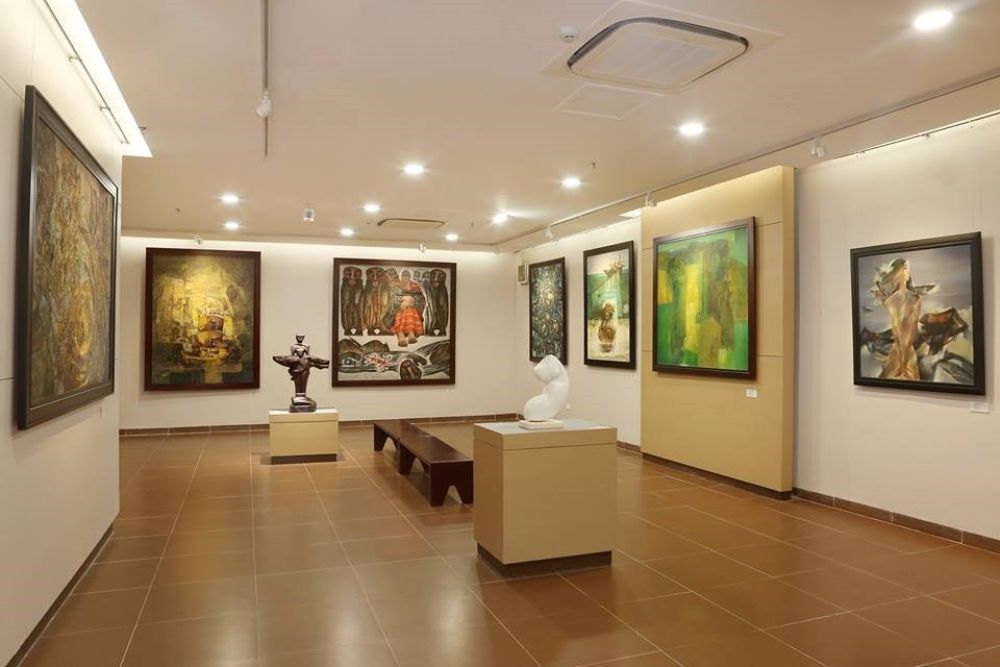

Established in July 2014, the Da Nang Museum of Fine Arts is relatively young in its formation. Despite its recent inception, it holds an important position in the cultural and artistic landscape of Da Nang, Vietnam. It is the third largest fine arts museum in Vietnam, a significant fact that highlights its importance in preserving and promoting Vietnamese art and culture.
Da Nang’s history as a tourist destination has evolved over the years. Initially known for its strategic military importance during the Vietnam War, it wasn't until the late 20th and early 21st centuries that Da Nang really started to gain recognition as a premier tourist destination.
The city's tourism has flourished due to its stunning natural scenery, including stretches of white sandy beaches, crystal-clear waters, and the scenic Marble Mountains. Da Nang also serves as a gateway to several UNESCO World Heritage Sites such as My Son Sanctuary, Hoi An Ancient Town, and the Imperial City of Hue, which have considerably increased the flow of tourists to the region.
As tourism trends shifted towards cultural excursions, the establishment of the Da Nang Museum of Fine Arts was timely. The museum offers visitors a chance to explore Vietnam's artistic heritage across three floors showcasing more than 1,000 works of art.
The museum features traditional mediums such as silk painting, lacquerware, and sculptures. It also highlights the works of contemporary Vietnamese artists, providing insight into both the historical and modern evolution of Vietnamese fine art. Special exhibitions and collaborations with international artists and museums have further elevated its status in the art world.
Da Nang continues to adapt to global tourism trends:
In summary, the Da Nang Museum of Fine Arts adds a valuable dimension to the cultural tourism of Da Nang, enriching the experience for visitors. As tourism trends evolve, Da Nang’s balanced blend of cultural depth, natural beauty, and contemporary offerings ensure its continued popularity as a prime travel destination in Southeast Asia.